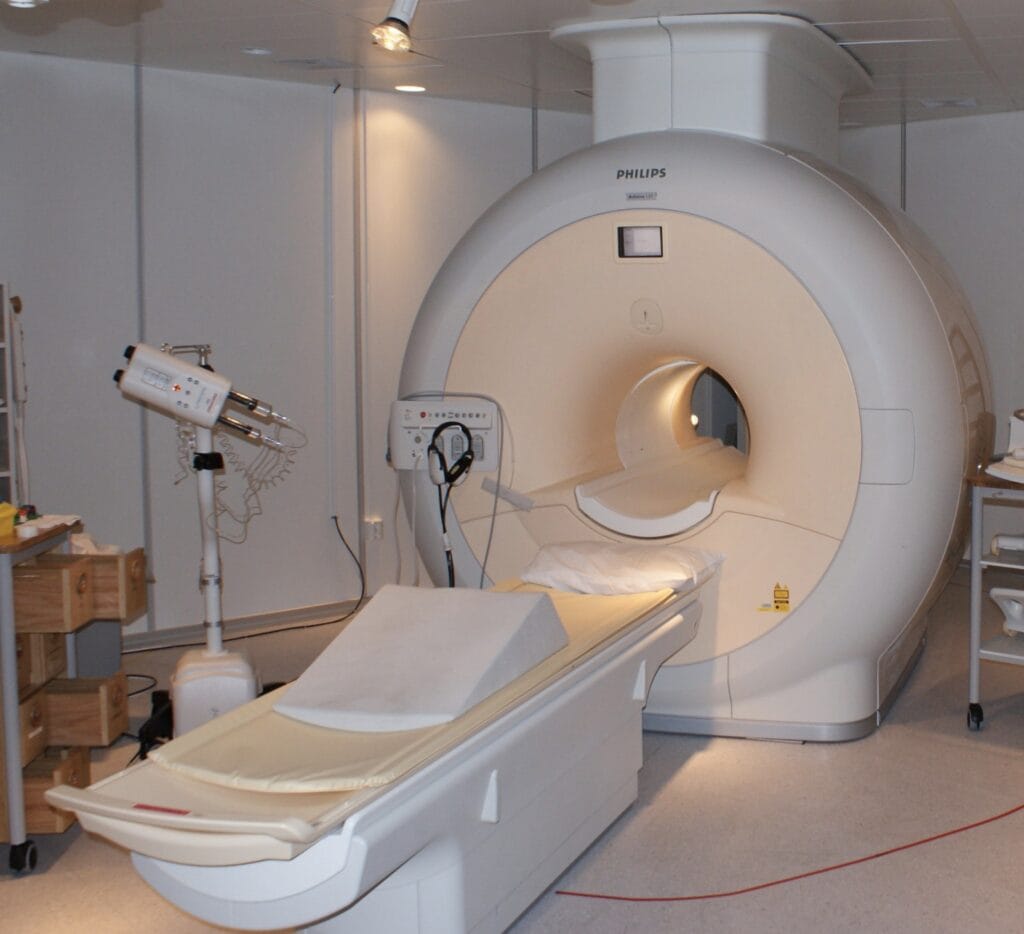What does it mean by a rotator cuff degeneration and how does this happen?
The rotator cuff consists of a group of muscles and tendons which surround the shoulder joint and keep the head of your upper arm bone firmly within the shoulder socket. Rotator cuff degeneration occurs as we age. Most tears are caused by the wearing down of the tendons. This can eventually lead to rotator cuff tears. Rotator cuff degeneration occurs in around 20-40% of individuals aged 60 and above.

What are the symptoms I can look out for?
There are common symptoms that you can look out for which may indicate that you are suffering from the degeneration of your rotator cuff. These symptoms include:
● Pain when lifting your arm, which can worsen over time, leading to pain at night and at rest.
● Weakness when lifting or making movements with your arm
What does this mean to me?
Having rotator cuff degeneration means that you will be more prone to suffering from rotator cuff tears due to the wearing down of the tendons. There are a few limitations experienced with rotator cuff tears as you may not have your arm’s full range of motion. Massive cuff tears may also result in long term consequences if not treated. These include,
● Osteoarthritis of the shoulder joint, which refers to loss of the joint cartilage
● Progressive degeneration of the muscles, loss of function in the shoulder and restricted range of motion.
How is this diagnosed?
Based on your history, if a doctor suspects that you have a rotator cuff tear, he/she will conduct a focal examination followed by imaging tests to confirm the diagnosis.
During the physical examination, your doctor will examine your shoulder to check for any form of pain. Your doctor will also move your arm around to measure the range of motion and to test your arm strength. The doctor may also examine your neck to rule out the possibility of shoulder pain arising from a neck condition. Since physical examinations are not sufficient enough to diagnose the degeneration of the rotator cuff, other imaging tests may be carried out.
Imaging tests:

● X-rays. X-rays are useful because they can help show a decrease in the sub acromial distance which can indicate massive cuff tear. It is used to rule out other possibilities such as arthritis or fractures.
● Magnetic resonance imaging (MRI). An MRI is much more detailed and can clearly show soft tissues like the rotator cuff. Through an MRI, the rotator cuff tear can be seen.
● Ultrasound. This test produces images of the soft tissues such as the rotator cuff and allows for a quick comparison between the affected shoulder and the healthy shoulder.
What are the treatment options?
Treatment options depend on an individual’s severity of the tear, age, activity, general health and aim to reduce pain as well as restore function.
Non-surgical treatments
In most patients, nonsurgical treatments help to alleviate their pain and improve the function in the shoulder and hence, surgery is not needed. These treatments include:
● Rest and activity modification by avoidance of heavy lifting and overhead activities.
● Nonsteroidal anti-inflammatory drugs (NSAIDs) are prescribed to reduce the pain and swelling caused by the injury
● Strengthening exercises and physical therapy. Your physical therapist will teach you certain exercises which will help to build back your shoulder strength as well as to restore movement.
● Steroid injections may be given if the pain is persistent even after all of the above has been tried out. The injection is given into your shoulder joint and helps to reduce pain especially if it interferes with your sleep or daily activities.
Surgical treatments
Surgery is often recommended for patients with large tears, significant loss of shoulder function or if you have prolonged symptoms.
The surgeries available depend on the size of the cuff tear,:
● Small cuff tears
○ Usually be repaired via a minimally invasive technique such as an arthroscopic rotator cuff repair, in which a small camera is placed into the joint with small instruments, which are used to repair the torn tendon.
○ Another minimally invasive technique is the mini-open technique, where a small incision is made over the rotator cuff, allowing surgeons to repair the tendon.
● Massive cuff tears are large tears that involve 2 or more tendons, and usually cause alot of functional loss. As the tears are frequently very severe, the option of direct repair is usually not feasible. As such, the options are,
○ Superior capsular reconstruction. This is a surgical procedure to repair irreparable, massive rotator cuff tears. This surgery is often performed among middle aged and younger elderly with massive cuff tears.
○ Tendon transfer is a technique used to supplement the function of the damaged rotator cuff tendons especially if the tendon is too damaged and cannot be reattached to the bone. A nearby tendon is recruited to help augment the function of the damaged rotator cuff tendon.
○ Reverse shoulder replacement. This is used for severe rotator cuff injuries that result in shoulder osteoarthritis.
Rehabilitation and recovery

After surgery, you may be instructed to keep your arm in a sling for around 4-6 weeks. Pain medications may also be prescribed to alleviate the pain post-surgery.
Physical therapy will start immediately after surgery. This therapy will help restore your muscle strength and range of motion. You will also learn exercises to strengthen your shoulder muscles, learn how to carry objects safely, find new ways to do activities to ensure that your shoulder does not get hurt. Most patients will be able to recover most of their shoulder function 4 to 6 weeks after surgery.
For assessment of your condition, please book an appointment with Dr. Yong Ren.